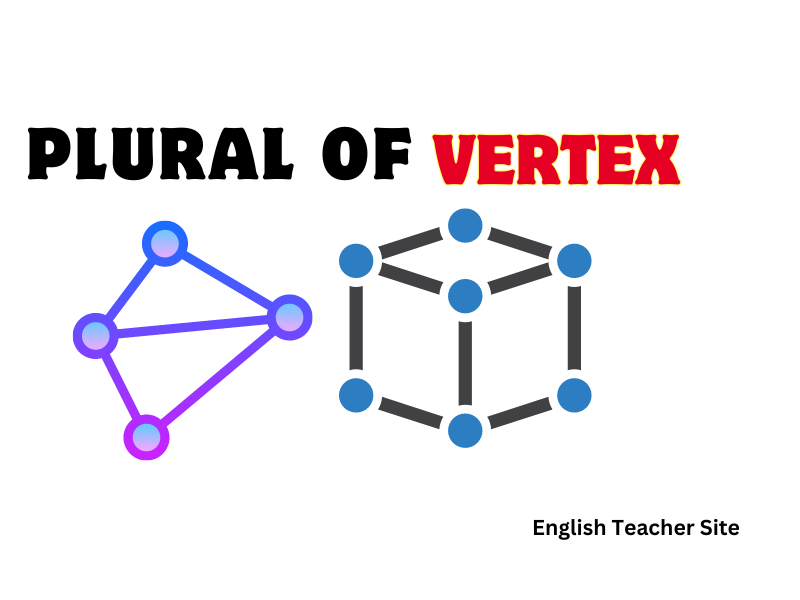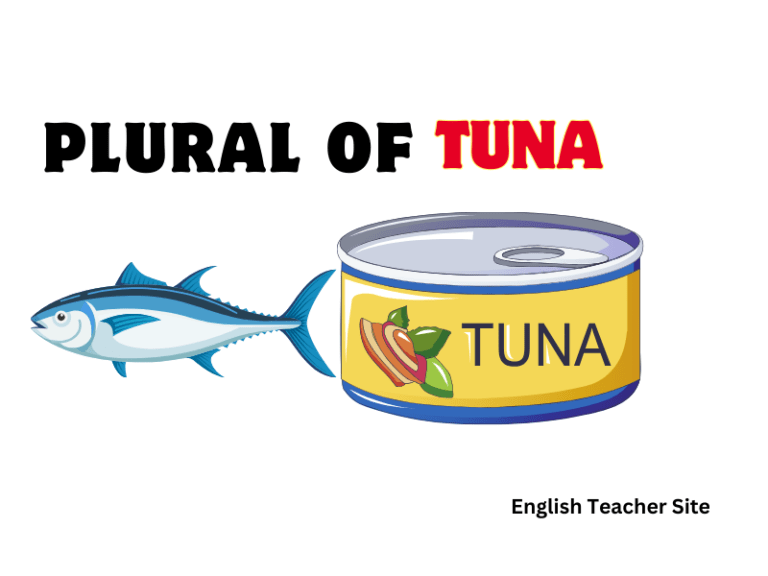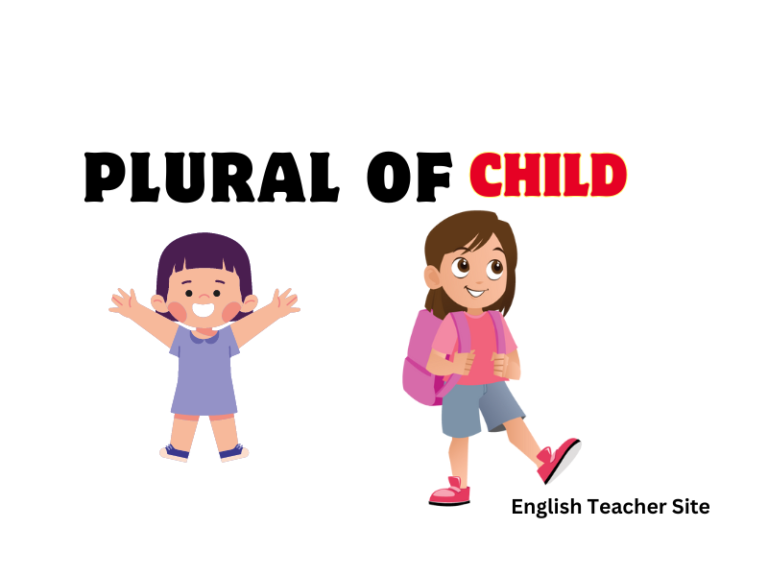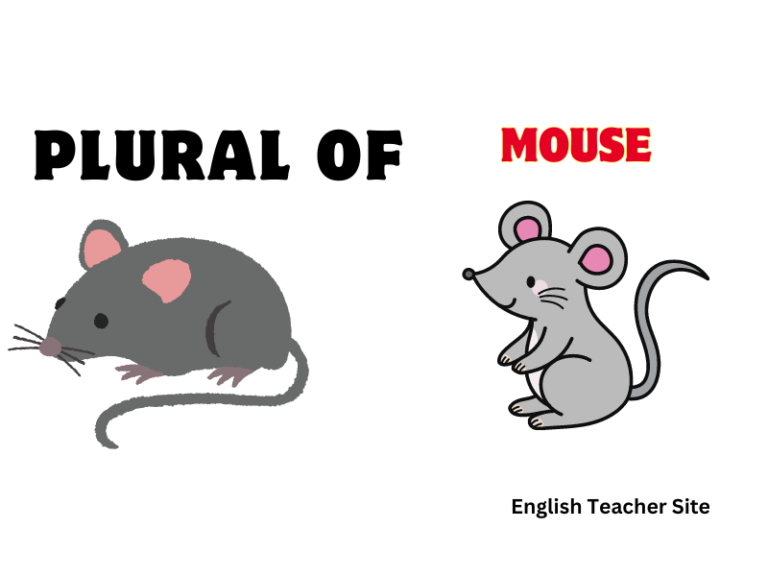What’s the Plural of Vertex: Understanding Geometric Terms

- The term ‘vertex’ refers to a singular point where lines or edges intersect, pivotal in geometrical definitions.
- Both ‘vertices’ and ‘vertexes’ are acceptable plural forms, with ‘vertices’ being the more commonly used in mathematics.
- Understanding the plural forms of ‘vertex’ is part of grasping irregular noun patterns in English grammar.
When exploring the complexities of the English language, particularly grammar, certain questions often present themselves. One such question is the correct plural form of ‘vertex.’ The term ‘vertex’ is singular and has its roots in mathematics and geometry, where it denotes a point where two or more lines or edges meet. However, when discussing multiple instances of these points, the English language offers two alternate plural forms which are widely accepted: ‘vertices’ and ‘vertexes’.
What’s the Plural of Vertex?
Singular and Plural Forms:
| Singular | Plural |
|---|---|
| vertex | vertices |
| vertex | vertexes (*) |
(*) “Vertexes” is an acceptable plural form, though “vertices” is more commonly used.
Usage in Sentences:
- A polygon is a shape with at least three straight sides and angles, and typically each corner, or vertex, meets certain defined criteria.
- The geometric figure had five vertices, each connecting to form an enclosed shape.
In mathematical contexts, the term refers to a point where two or more curves, lines, or edges meet.
Common Pluralization Patterns:
- Words ending in -ex or -ix typically replace these endings with -ices to form the plural (e.g., index to indices).
Is Vertex Singular or Plural?
Singular Form:
- Vertex: A single point where two lines or edges meet.
Plural Forms:
- Vertices: More commonly accepted plural form, especially in mathematics.
- Vertexes: An alternative plural form recognized in English usage.
To understand when to use each form, considering the context is essential:
| Context | When to Use |
|---|---|
| Mathematics | Vertices |
| General English | Vertexes or vertices |
When referring to multiple points in geometry, such as the corners of a polygon or edges of a polyhedron, “vertices” is the preferred terminology. However, when using the term in a more general sense, both “vertices” and “vertexes” are acceptable, though “vertices” remains prevalent.
Summarizing the Counts:
- 1 vertex (Singular)
- 2 or more vertices/vertexes (Plural)
What’s a Vertex? What’s the Dictionary Definition of Vertex?
A vertex is a fundamental concept in geometry representing a point where two or more curves, edges, or lines meet. It is a cornerstone of geometrical definitions and can be seen in various shapes and structures. From a simple angle to complex polygons and polyhedra, vertices are integral to the framework of these forms.
According to the Merriam-Webster dictionary, a vertex can be:
- The point opposite to and farthest from the base of a geometric figure.
- A point terminating a line or curve or comprising the intersection of two or more lines or curves.
- In the context of a graph or network, it denotes a connecting point.
In a more specialized context related to conic sections such as ellipses and hyperbolas, a vertex is where an axis intersects the curve. These definitions underline the versatility and importance of vertices across various mathematical disciplines.
When it comes to the dictionary definition, Cambridge Dictionary articulates a vertex as:
- The point where two lines meet to form an angle.
- Specifically, in the case of triangles or other polygons, the vertex is often referred to as the point opposite the base.
The plural form of vertex brings its own curiosity. Typically, the term vertices is used as the plural, particularly in mathematic discourses. Here’s a brief comparison:
| Singular | Plural |
|---|---|
| Vertex | Vertices |
Vertices are pivotal in calculations of angles, determining shapes’ properties, and more. Here’s a quick glance at the usage:
- Angles: Where two rays meet, forming an angle with a common endpoint.
- Polygons: At each corner where two or more edges intersect.
- Polyhedra: At each point where three or more faces meet.
Nouns Ending in –ex and –xes/-ces
Examples of Nouns with -ex Becoming -ices:
| Singular | Plural |
|---|---|
| Vertex | Vertices |
| Index | Indices |
| Appendix | Appendices |
These nouns undergo a more significant transformation when pluralized than merely adding an ‘s’ or ‘es’ at the end.
Examples of Nouns with -ex Becoming -xes:
| Singular | Plural |
|---|---|
| Box | Boxes |
| Hex | Hexes |
| Fax | Faxes |
It’s important to note that for many technical terms, such as “vertex,” the correct pluralization is crucial to maintain the precise meaning, especially in fields like geometry.
- Vertex is an example of a term significant in mathematics, particularly in geometry, where it refers to a corner or a point where lines meet. Getting its plural form right – vertices – is essential for mathematical communication.
- Similarly, index is a word that appears in various contexts, including publishing and databases, with indices serving as the correct plural form.
Examples of Vertex Used in Context
Below are two tables illustrating the use of “vertex” in different contexts, showing how the term can be pluralized:
Table 1: Plurals of Vertex in Geometry
| Singular | Plural |
|---|---|
| vertex | vertices |
| vertex | vertexes |
Table 2: Plurals of Vertex in Graph Theory
| Singular | Plural |
|---|---|
| vertex | vertices |
| vertex | vertexes |
- In a square, there are four vertices where the sides meet.
- The graph model showed several vertexes representing data points.
Examples of Vertexes/Vertices Used in Context:
Geometry:
In geometric terms, a vertex is a crucial point where two or more lines or edges meet. For instance:
- The cube has eight vertices, one at each corner where the edges intersect.
Graph Theory:
A vertex in graph theory denotes an individual node or point in a network. When discussing multiple nodes, one might say:
- This graph consists of twelve interconnected vertices.
To illustrate these terms in a structured context, consider the following tables:
| Geometric Figures | Number of Vertices |
|---|---|
| Tetrahedron | 4 |
| Square Pyramid | 5 |
| Hexagonal Prism | 12 |
| Graph Components | Description |
|---|---|
| Nodes | Refers to vertices within a graph |
| Edges | Connects pairs of vertices within the network |
- In calculus, finding the maximum or minimum point on a curve involves determining the vertex of the parabola.
- Computer graphics software often models 3D shapes using vertices and edges.
- In astronomy, the vertex can refer to the highest point a celestial body reaches in the sky.
Synonyms of Vertex
Here are two tables presenting synonyms for vertex in different contexts:
In the context of Geometry:
| Term | Description |
|---|---|
| Apex | Refers to the topmost point of a cone or pyramid. |
| Peak | The pointed top of an object, often used in mountaineering. |
| Tip | The end point of an object, often pointing and slender. |
| Summit | Highest point; applicable to mountains or figuratively used. |
In broader contexts:
| Term | Description |
|---|---|
| Pinnacle | The highest point of achievement or physical point. |
| Climax | A culmination or peak of development. |
| Zenith | The top or highest point in celestial context. |
| Crest | The top part or highest point, often used in waves or coats. |
In the realm of mathematics and related disciplines:
- Apex is often used when referring to the tip of a cone or a pyramid.
- The term peak, can be used interchangeably with the vertex when discussing the highest point, like in the case of mountains.
- Tip might be considered a synonym when it represents the endpoint or extremity of an object.
- Summit translates well as a synonym for vertex particularly when discussing topographical features like the top of a mountain.
Origin of the Word Vertex
The term vertex has its roots in Latin, derived from the word “vertex,” which translates to the highest point or “turning point.” This etymology is reflective of its original Latin meaning, an association with whirling motions or a whirlpool, suggestive of incessant turning.
The evolution of vertex in the English language began in the 16th century, where it was initially used in geometry to represent the point opposite the base of a shape.
Table 1: Development of the Term ‘Vertex’
| Century | Usage |
|---|---|
| 1560s | Point opposite the base in geometry |
| 1640s | Highest point of anything |
A further breakdown of the etymology reveals that “vertex” comes from the Latin vertere, meaning “to turn.” This origin relates to the Indo-European root wer- (2), which also denotes turning or bending.
Etymology Breakdown:
- Latin word: vertex (“highest point,” “whirling column”)
- Root: vertere (“to turn”)
- Indo-European root: wer- (2) (“to turn, bend”)
By the 1640s, the word extended its grasp beyond geometry and began to signify the highest point of anything, symbolizing a peak or a summit.
Table 2: Expanding Meanings of ‘Vertex’
| Meaning | Usage Context |
|---|---|
| Geometrical point | Geometry |
| Summit of anything | General |
Sources
My name is Khamis Maiouf. I am the creator of the English Teacher Site, dedicated to providing valuable resources and insights for students around the world. With a passion for education and a commitment to helping students enhance their skills, I aim to make English teaching more effective and enjoyable for both educators and students.






